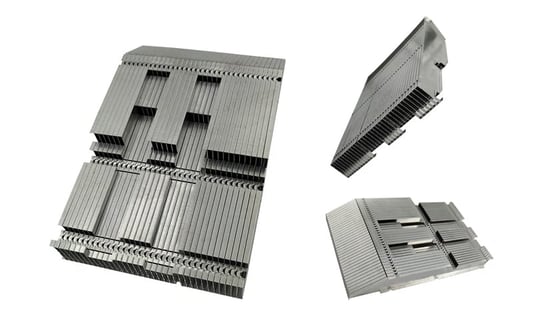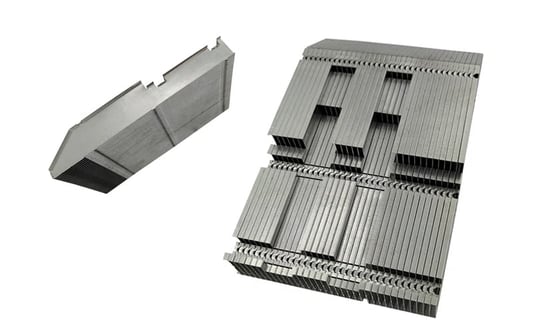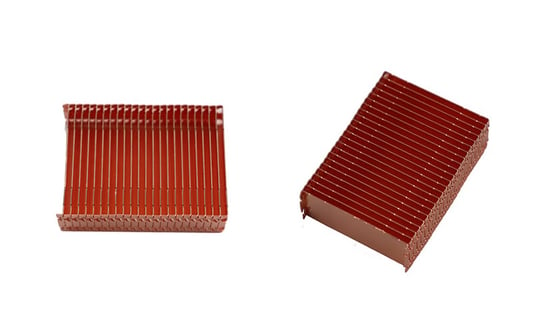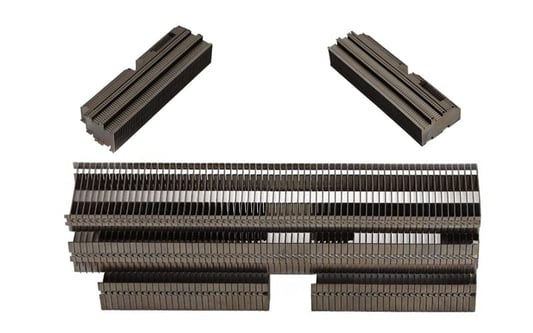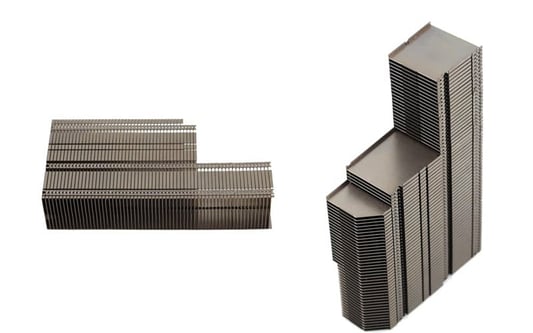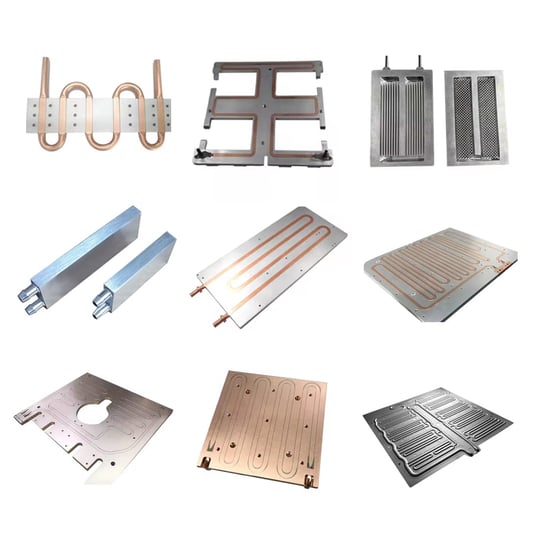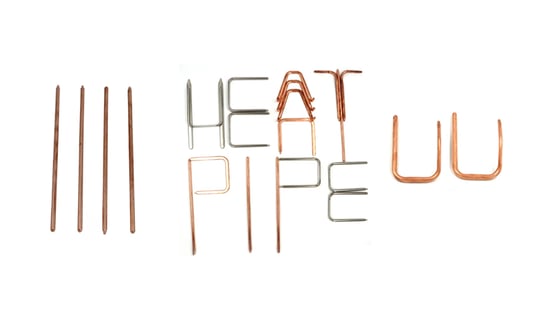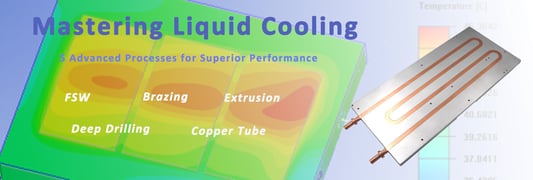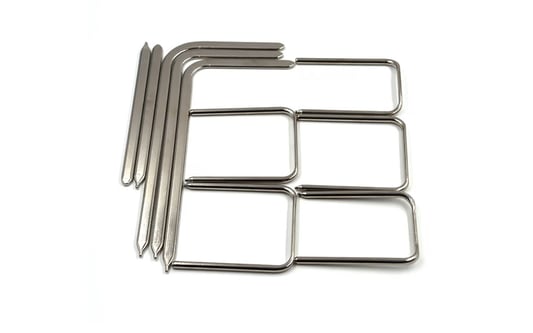Understanding the Importance of a cost effective heat sinkA heat sink is an essential component in electronic devices as it helps dissipate heat and prevent overheating. Investing in a cost-effective heat sink can significantly improve the performance and lifespan of electronic devices. Types of Cost Effective Heat SinksThere are various types of heat sinks available in the market, including passive, active, and hybrid heat sinks. Each type has unique characteristics and is designed for specific applications to effectively dissipate heat. Factors to Consider When Choosing a Cost Effective Heat SinkWhen selecting a heat sink, factors such as thermal conductivity, size, material, and cost must be taken into consideration. Choosing the right heat sink that meets the specific requirements of the electronic device is crucial for optimal performance. The Role of Thermal Conductivity in Heat SinksThermal conductivity is a key factor in determining the efficiency of a heat sink. Materials with high thermal conductivity, such as copper and aluminum, are commonly used in cost-effective heat sinks to enhance heat dissipation. Benefits of Using a Cost Effective Heat SinkUtilizing a cost-effective heat sink can improve the overall thermal management of electronic devices, leading to enhanced performance, reliability, and durability. Additionally, cost-effective heat sinks can help reduce energy consumption and operating costs. Installation and Maintenance of Cost Effective Heat SinksProper installation and regular maintenance of heat sinks are essential to ensure optimal heat dissipation and performance. It is important to follow manufacturer guidelines and recommendations for the installation and maintenance of cost-effective heat sinks. Innovations in Cost Effective Heat Sink TechnologyAdvancements in heat sink technology have led to the development of innovative designs and materials that offer improved thermal performance at a lower cost. Companies continue to research and develop cost-effective heat sinks to meet the growing demands of the electronics industry. Cost Effective Heat Sink Market TrendsThe global market for cost-effective heat sinks is witnessing steady growth due to the increasing demand for thermal management solutions in various industries. Manufacturers are focusing on producing cost-effective heat sinks that offer high performance and reliability. Choosing a Reliable Supplier for Cost Effective Heat SinksIt is important to partner with a reputable supplier that offers high-quality cost-effective heat sinks at competitive prices. Selecting a reliable supplier ensures that you receive efficient and durable heat sinks that meet your specific requirements. ConclusionCost-effective heat sinks play a crucial role in enhancing the thermal management of electronic devices. By understanding the different types of heat sinks, factors to consider, benefits, and market trends, individuals and businesses can make informed decisions when selecting cost-effective heat sinks for their applications. Quote Inquirycontact us


